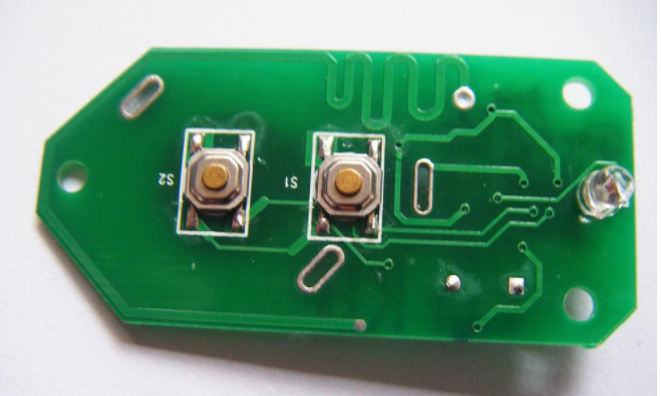The harm of chloride ion to PCB substrate and its treatment
Printed circuit boards{Printed circuit boards}, also known as printed circuit boards, are providers of electrical connections for electronic components.
Most people only know that chlorine can kill bacteria, and it is usually used in tap water and swimming pools. Chlorine-containing bleach can also make our clothes white and shiny, but daily life is different from electronic products. PCB manufacturers should be concerned about the following things:
For PCBA board processors, the presence of chloride ions can cause leakage, erosion, and ionization of metal materials. Chlorine is a highly mobile non-metallic substance. If there are enough chloride ions on the module board, the ion electrode potential formed by the combination of chlorine and moisture in the moisture will cause corrosion and metal ionization.
In the printed circuit production process, there are many potential sources of chloride ions on the board surface. Under normal circumstances, it is more difficult to find all sources of chloride ions. Places where this happens frequently include: flux in hot air leveling (HASL), sweat on the operator's skin, and tap water for cleaning.

The content of chloride ions is affected by the chemical composition of the flux. Due to the natural characteristics of rosin resin, if high-quality solid rosin is used as flux (such as active flux or mildly active flux) in the assembly process, the content of chloride ions is relatively high. Resin-based or rosin-based water-soluble fluxes and no-clean fluxes are the opposite in this respect. Therefore, the final water-soluble or non-cleaning flux used in the assembly soldering process has a low chloride ion content.
The content of chloride ions is affected by the material of the PCB substrate. The material of the PCB substrate (including its insulating substrate and attached metal) determines the allowable chloride ion content during the assembly process. Ceramic composite substrates or other materials formed on refractory substances, such as aluminum, etc., are more sensitive to the presence of chloride ions than organic substrates such as epoxy glass cloth substrates. This is partly because the surface integration distribution has reached the level of microscopic range. As far as the surface metal layer is concerned, the nickel/gold surface itself is much cleaner than the lead/tin surface.